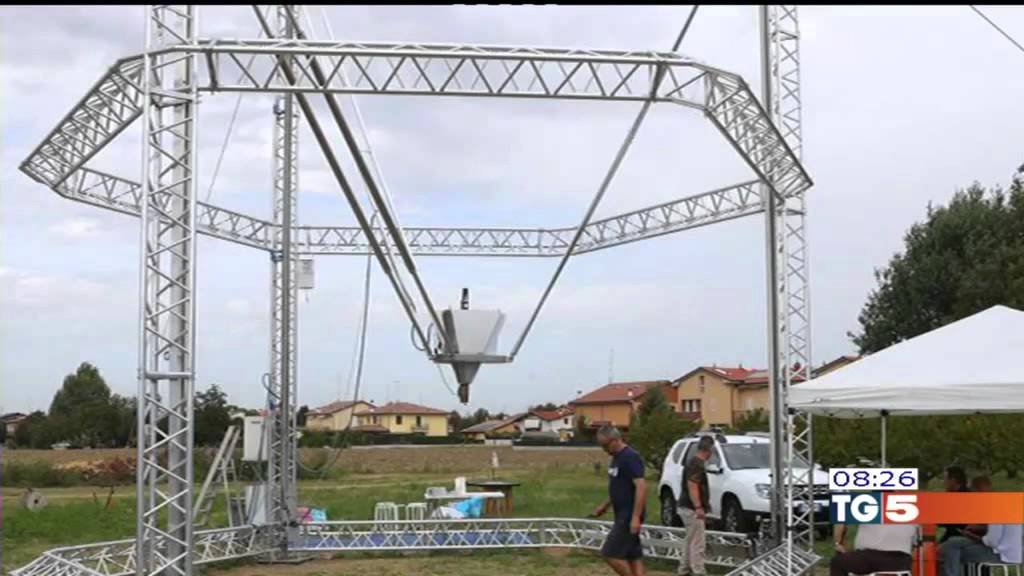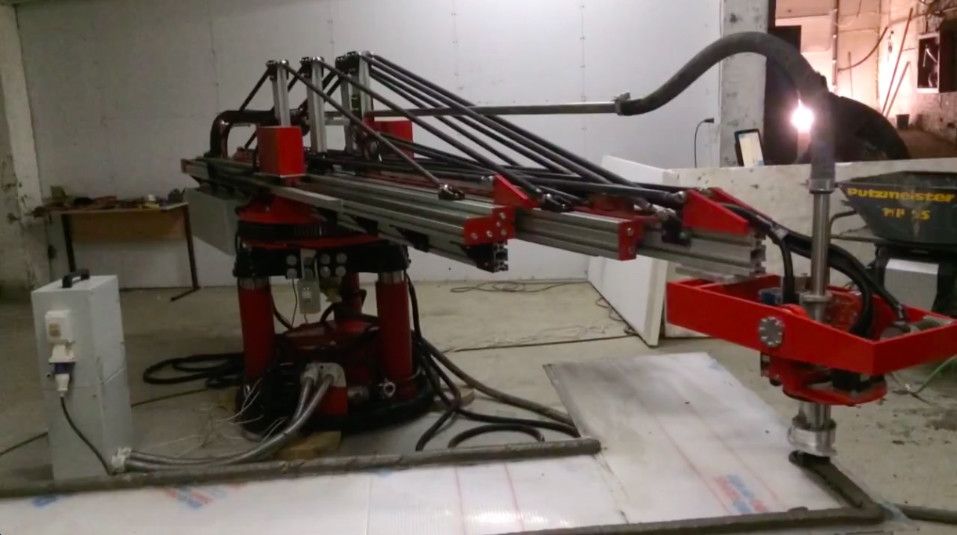![]()
Seventeen years ago, Helen Greiner was scrambling to find investors to back her company’s development of a robot that would clean people’s houses. As she made the rounds of venture capitalists, the responses ranged from “You’re not an Internet company” to “You’re too early stage” to “I would do this, but my partners would kill me.”
But Greiner and her partners, Colin Angle and MIT robotics professor Rodney Brooks, persevered, funneling money from their firm’s contract engineering work to fund the robot project. Today, that company, iRobot Corp. of Bedford, is one of the nation’s largest makers of home robots, generating more than $500 million in annual sales from its Roomba floor vacuum and other products, and employing 600 people, including 500 in Massachusetts.
iRobot is an anchor of a burgeoning Massachusetts robotics industry that includes more than 100 companies, employs more than 3,000, and attracts tens, if not hundreds, of millions of dollars of investments. Since 2008, at least 20 robotics startups have launched in Massachusetts. Venture capital funding of the local industry tripled to more than $60 million in 2012, the most recent year available, from less than $20 million in 2008, according to the Massachusetts Technology Leadership Council, a trade group in Burlington.
Read more

















